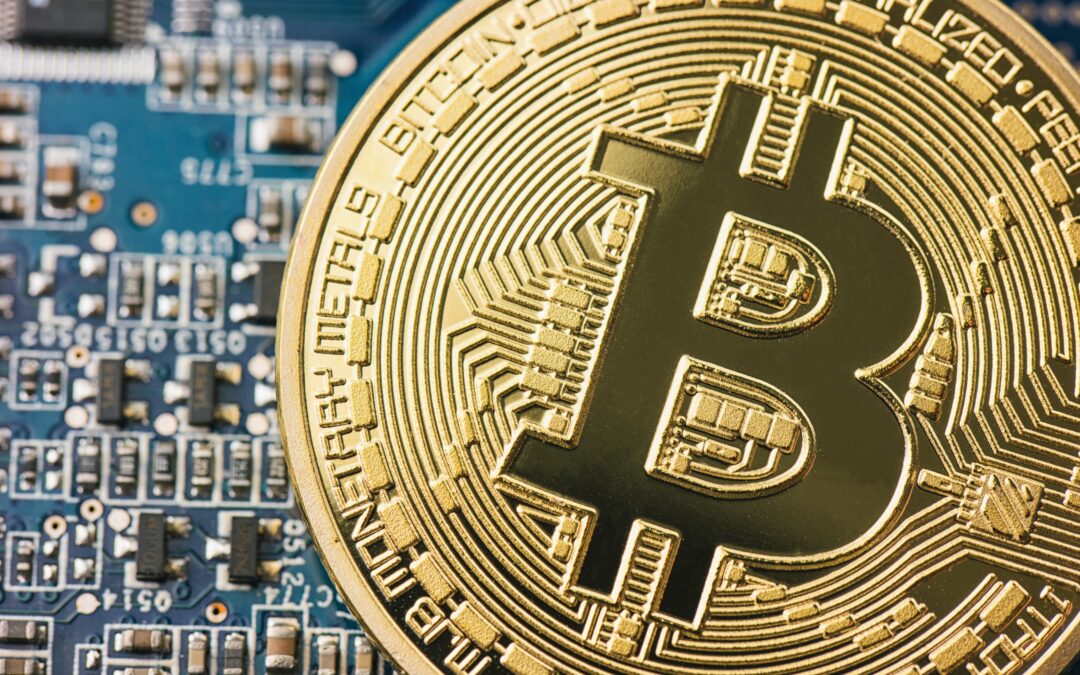At this point, you’ll find few people across the world who haven’t heard of cryptocurrency. Over the past few years I’ve read and heard of everything from the traditional HODL to grandmothers using it to buy groceries and college students mining from their dorm room. But while 34 million US adults own some form of cryptocurrency, it can still be a difficult concept to wrap your head around. And though enthusiasts can talk about the concept for hours and each day we learn something new, the following primer should at least provide a good frame of reference for beginners.
Ok, so… what is cryptocurrency?
Cryptocurrency is a digital currency in which transactions are verified and records maintained by a decentralized system using cryptography, rather than by a centralized authority like a financial institution. By definition, “Decentralized cryptocurrencies such as Bitcoin now provide an outlet for personal wealth that is beyond restriction and confiscation.”
The first cryptocurrency, Bitcoin, was introduced in 2009 following the 2008 financial collapse by Satoshi Nakamoto (a pseudonym) through the paper Bitcoin: A Peer-to-Peer Electronic Cash System. If you can believe it, today over 18,000 cryptocurrencies exist, but you’re probably familiar with the most popular ones like Bitcoin, Ethereum and Tether.
Decrypting the pros and cons
Let’s start with the good stuff. Crypto is a fantastic first mover opportunity, akin to the dawn of the internet in many ways. Crypto enthusiasts will espouse the benefit of the decentralized financial system in favor of fiat money and in line with continued globalization.
For those affected by natural or humanitarian disasters, government instability or other factors, the fact that it is portable, resistant to inflation, and doesn’t require a third party like a bank or credit card company is also crucial.
Yet, there are still many staunch opponents. Key criticisms have included market volatility, and the misperception of fraud. Because assets are not stored by a third party, the onus is also on the individuals to remember their password to their wallet or account. So, it’s not great if you’re prone to losing things.
Alphabet soup
The lexicon of cryptocurrency is ever-expanding, but some key definitions to commit to memory include:
- Altcoin: any token that’s not Bitcoin
- Blockchain: a digital recordkeeping platform which powers crypto which is immutable
- Block: groups of data on the blockchain made up of transaction records as users buy or sell coins
- DeFi: decentralized finance, financial activities conducted without an intermediary (bank, government, etc).
- Mining: the process of making new cryptocurrency coins available and the log of transactions between users is maintained.
- NFT: non-fungible token, units of value connected most commonly to collectibles (art, music, etc)
- Stablecoin: a token whose value is tied to a non-digital currency or commodity
Crypto is growing up
Over a decade since its debut, crypto no longer seems to belong solely to the few but now to the many.
Recently regulatory signals in the United States particularly have signaled renewed interest and confidence in crypto’s adoption to the mainstream, and in particular towards institutional investors. In March 2022, President Biden signed an executive order mandating responsible development of digital assets. In April, the SEC approved the fourth Bitcoin Futures ETF, and the first such ETF under the Securities Act of 1933, rather than the Investment Company Act of 1940.
As such, institutional adoption continues to grow and product development surges. A recent study from Arca found that 77% of capital market participants believe traditional securities will be digitized in 5-10 years.
Cryptocurrency and the digital asset industry is something we’re incredibly passionate about. If you’re interested in learning more about how Rally Point can help improve your communications strategy, please reach out.
